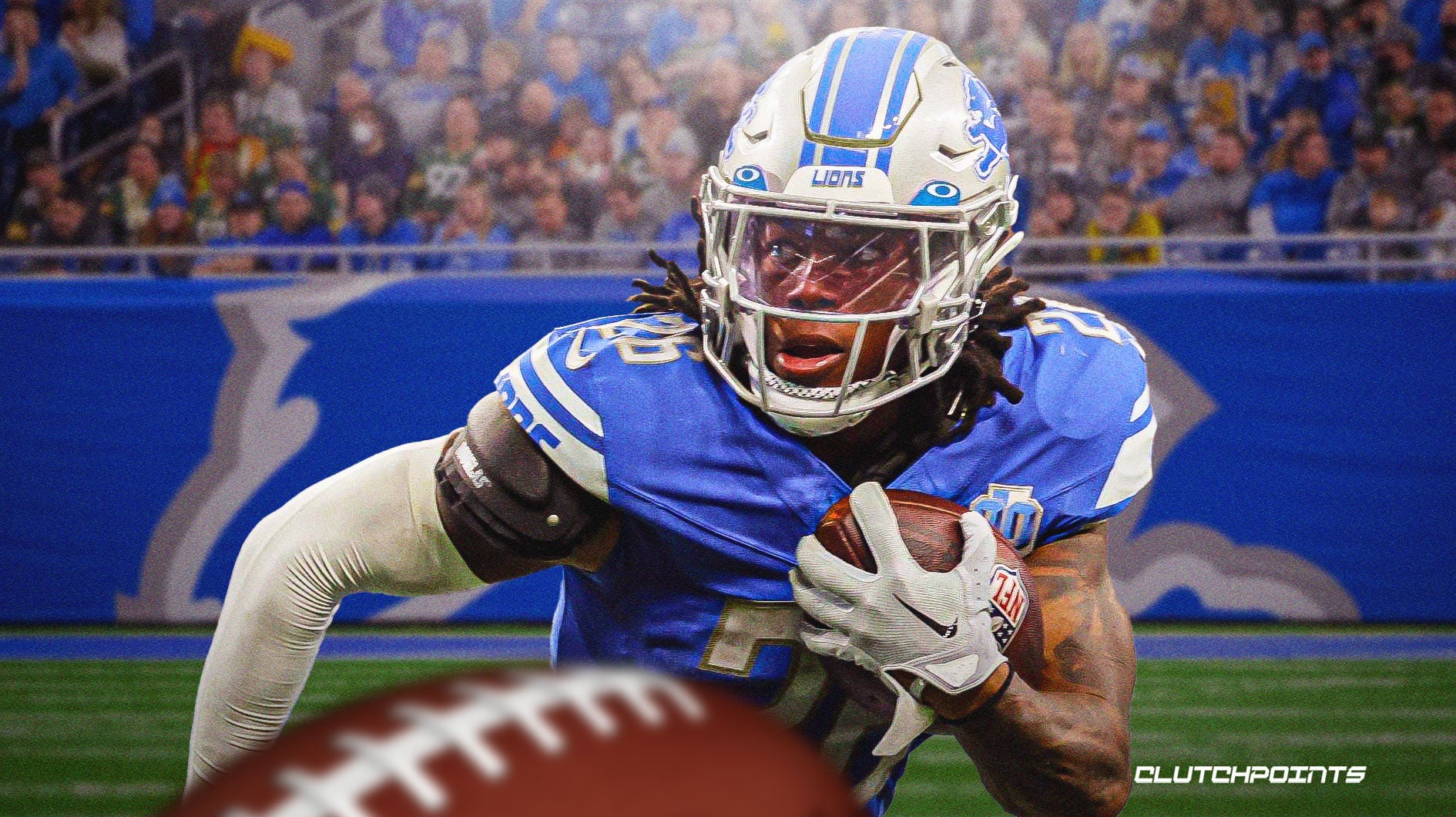Understanding Gibbs Injuries

A Gibbs injury, also known as a Gibbs fracture, is a rare type of fracture that occurs in the base of the fifth metatarsal bone, located in the foot. This bone is one of the five long bones that make up the midfoot, and it connects to the little toe.
Anatomy and Location
The fifth metatarsal bone is a long bone with a shaft and two ends. The proximal end, or base, is where the Gibbs fracture occurs. This fracture is distinct from other fifth metatarsal fractures because it affects the specific location of the styloid process, a small bony projection on the lateral (outer) side of the base of the fifth metatarsal.
Mechanisms of Injury
Gibbs fractures are often caused by a direct impact to the outer side of the foot, such as a twisting injury, a direct blow, or a sudden forceful inversion of the foot. These mechanisms can lead to a shearing force on the styloid process, causing a fracture.
Symptoms
The most common symptom of a Gibbs fracture is pain and tenderness on the outer side of the foot, particularly at the base of the fifth metatarsal. Swelling and bruising may also be present. Some individuals may experience difficulty walking or putting weight on the affected foot.
Types and Classifications
Gibbs fractures are classified based on the severity and location of the fracture. The most common classification system is the Danis-Weber classification:
- Type A: These fractures involve only the styloid process and do not extend into the joint.
- Type B: These fractures extend into the joint but do not involve the entire base of the fifth metatarsal.
- Type C: These fractures involve the entire base of the fifth metatarsal and may extend into the joint.
Diagnosis and Treatment
/origin-imgresizer.tntsports.io/2007/04/15/351290-23958078-2560-1440.jpg)
Accurately diagnosing and effectively treating Gibbs injuries is crucial for restoring optimal function and minimizing long-term complications. This section delves into the diagnostic methods employed to identify Gibbs injuries, explores the available treatment options, and elucidates the rehabilitation process following such injuries.
Diagnostic Methods
Diagnosing a Gibbs injury typically involves a combination of clinical examination and imaging techniques. A thorough physical examination, including assessing the patient’s symptoms, range of motion, and neurological status, provides initial insights. However, definitive diagnosis often relies on advanced imaging studies.
- Radiography: While plain X-rays may reveal bony abnormalities, they are often insufficient for diagnosing Gibbs injuries, as they primarily visualize bone structures.
- Computed Tomography (CT) Scan: CT scans provide detailed cross-sectional images of the bone, allowing for visualization of subtle fractures and ligamentous injuries that may be missed on X-rays.
- Magnetic Resonance Imaging (MRI): MRI is considered the gold standard for diagnosing Gibbs injuries, offering excellent soft tissue visualization. It can clearly depict ligamentous tears, cartilage damage, and bone marrow edema, providing comprehensive information about the extent of the injury.
Treatment Options
Treatment for Gibbs injuries varies depending on the severity of the injury, the patient’s age, activity level, and other individual factors.
Conservative Treatment
Conservative treatment options aim to reduce pain, inflammation, and promote healing without surgery. They may include:
- Rest: Limiting activity and avoiding weight-bearing on the injured joint is crucial for initial healing.
- Ice: Applying ice packs to the injured area helps reduce swelling and inflammation.
- Compression: Using compression bandages can help control swelling and provide support to the injured joint.
- Elevation: Elevating the injured limb above heart level can reduce swelling by promoting drainage.
- Pain Medications: Over-the-counter pain relievers, such as ibuprofen or acetaminophen, can help manage pain and inflammation.
- Physical Therapy: Physical therapy plays a crucial role in regaining strength, flexibility, and range of motion after a Gibbs injury. It involves exercises, stretching, and modalities to promote healing and functional recovery.
Surgical Treatment
Surgical intervention may be necessary for severe Gibbs injuries, such as complete ligament tears or significant cartilage damage.
- Ligament Reconstruction: For complete ligament tears, surgery may involve reconstructing the torn ligament using a graft taken from another part of the body.
- Cartilage Repair: Cartilage damage can be addressed through various surgical techniques, such as microfracture, mosaicplasty, or autologous chondrocyte implantation.
- Joint Fusion: In severe cases, joint fusion may be considered as a last resort to stabilize the joint and alleviate pain.
Rehabilitation Process
Rehabilitation after a Gibbs injury is essential for restoring function and preventing long-term complications. The rehabilitation process typically involves:
- Early Stage: Initial focus is on reducing pain, swelling, and inflammation. This may involve rest, ice, compression, elevation, and pain medication.
- Intermediate Stage: As pain and inflammation subside, the focus shifts to regaining range of motion, flexibility, and muscle strength through physical therapy exercises.
- Late Stage: The rehabilitation program progresses to functional activities, including proprioceptive exercises and gradual return to sports or other activities.
The duration of rehabilitation varies depending on the severity of the injury, individual factors, and treatment approach. Conservative treatment typically requires a shorter recovery period compared to surgical intervention.
Complications and Prognosis: Gibbs Injury

While Gibbs injuries are often treated successfully, certain complications can arise, impacting the long-term prognosis. Understanding these potential issues is crucial for effective management and patient care.
Complications Associated with Gibbs Injuries
Complications associated with Gibbs injuries can significantly impact recovery and overall health.
- Infection: Open wounds, especially those involving bone, are susceptible to infection. This can lead to delayed healing, pain, and even bone loss. Prompt antibiotic treatment is essential to prevent infection.
- Nerve Damage: The proximity of nerves to the affected area can lead to nerve damage. This can cause numbness, tingling, or weakness in the affected limb. Nerve damage may require specialized treatment, such as physical therapy or surgery.
- Osteonecrosis: In severe cases, blood supply to the bone can be disrupted, leading to bone death (osteonecrosis). This can result in pain, instability, and potential need for bone grafting or joint replacement.
- Joint Instability: Damage to ligaments and tendons can cause joint instability, making the affected joint prone to dislocations or subluxations. This can lead to pain and functional limitations.
Long-Term Prognosis for Gibbs Injuries, Gibbs injury
The long-term prognosis for Gibbs injuries varies depending on the severity of the injury, the individual’s overall health, and the effectiveness of treatment.
- Full Recovery: Many patients with Gibbs injuries make a full recovery with appropriate treatment. This often involves a combination of immobilization, physical therapy, and pain management.
- Partial Recovery: Some individuals may experience persistent pain, stiffness, or limited range of motion, even after treatment. These limitations may require ongoing physical therapy or assistive devices.
- Chronic Pain: In some cases, chronic pain may develop, significantly impacting quality of life. This can be challenging to manage and may require multidisciplinary approaches, including pain management specialists.
Risk Factors for Gibbs Injuries
Several factors can increase the likelihood of developing a Gibbs injury.
| Risk Factor | Description |
|---|---|
| Age | Older adults are more susceptible to Gibbs injuries due to age-related bone weakening and decreased tissue elasticity. |
| Gender | Males are more prone to Gibbs injuries, potentially due to higher risk-taking behaviors and participation in contact sports. |
| Underlying Health Conditions | Conditions like osteoporosis, diabetes, and rheumatoid arthritis can weaken bones and increase the risk of Gibbs injuries. |
| Medications | Certain medications, such as corticosteroids, can weaken bones and increase the risk of fracture. |
| Lifestyle Factors | Smoking, alcohol abuse, and lack of physical activity can contribute to bone weakness and increase the risk of Gibbs injuries. |
Typical Course of a Gibbs Injury
Gibbs injury – The gridiron whispers tales of resilience, of athletes who rise above adversity. A recent setback for Gibbs, a testament to the unpredictable nature of the game, has brought the spotlight to the young running back. This injury, however, does not diminish the talent of jahmyr gibbs , whose speed and agility have captivated fans.
The road to recovery may be arduous, but with the unwavering support of his team and his own unwavering spirit, Gibbs will surely return to the field, stronger than before.
The weight of the injury to Gibbs hangs heavy, a shadow cast upon the team’s spirit. Yet, the resilience of the squad shines through, much like the trajectory of JJ McCarthy’s stats, which can be explored further here. With the heart of a champion, the team will rise, finding strength in unity, just as McCarthy finds his own power on the field.
